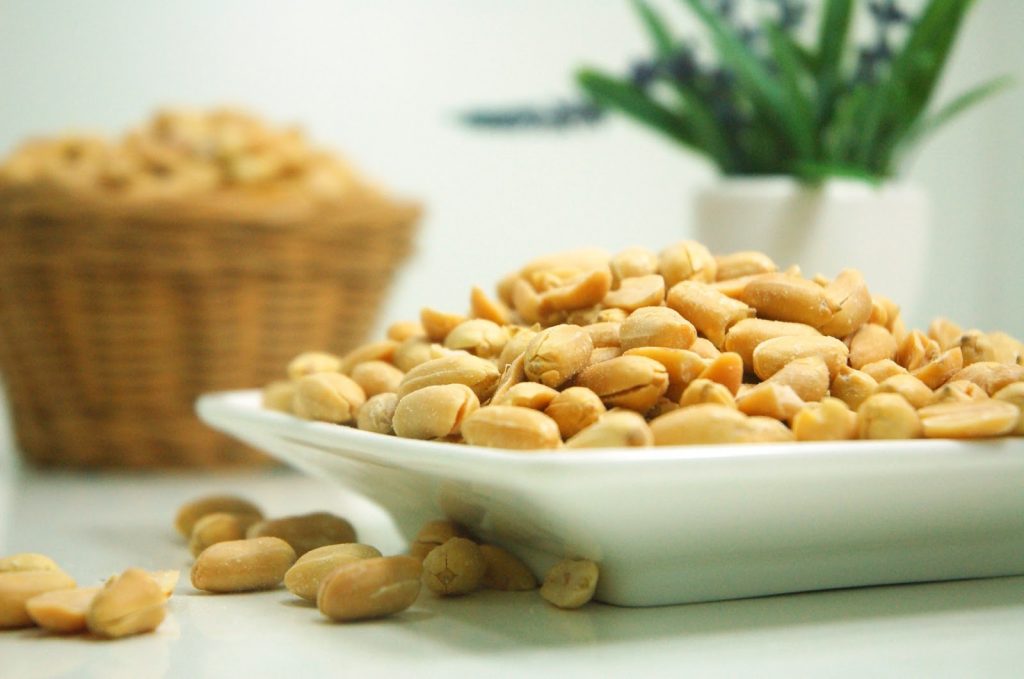Am I at Risk For Developing a Food Intolerance?
That’s the problem when it comes to food intolerances, people of all ages can have them. Although, they are more common in those who have a personal or a family history of allergies or autoimmune diseases.
People with chronic intestinal inflammation, such as Crohn’s disease, ulcerative colitis or irritable bowel syndrome are also more at risk.
Another group who might be at risk are those who have been on medications for long periods of time, especially antibiotics or oral contraceptives. These can actually harm the protective intestinal flora in your gut.
Compromised Flora
When the intestinal flora is compromised, think of it like a screen door. A screen door is perfect for keeping the bugs out and bringing the fresh, clean air indoors.
When the intestinal lining becomes too thick, it is like the holes in a screen door becoming huge – anything can come flying in to muck up all that fresh air.
The other aspect of this would be having proteins in your diet. Proteins are essentially clusters of amino acids, which are found in large, complex 3-dimensional shapes.
When we digest them well, the big pieces are broken down into tiny little pieces that are easy to absorb. Normally, there are some large undigested pieces that the intestinal lining prevents us from absorbing and is left in our stool.
However, when the lining is too thin the larger pieces also become absorbed. When this happens, they trigger an immune response which creates damage to the intestinal tract.
Some food proteins are harder to break down than others, which is why some foods are more apt to become allergens.
Consider This Analogy
Think about it like this: When you are baking, you need ingredients. These ingredients help you make the dough in your batter stick together. The popular foods to use are wheat (flour), milk and eggs.
Wheat has gluten, milk has casein (Read: Are dairy foods good for you) and eggs have albumin – I call all of these the binding proteins, because they hold things together.
Since they are binding and sticky, they often have larger amounts of undigested amino acid groups that pass through the intestinal tract.















